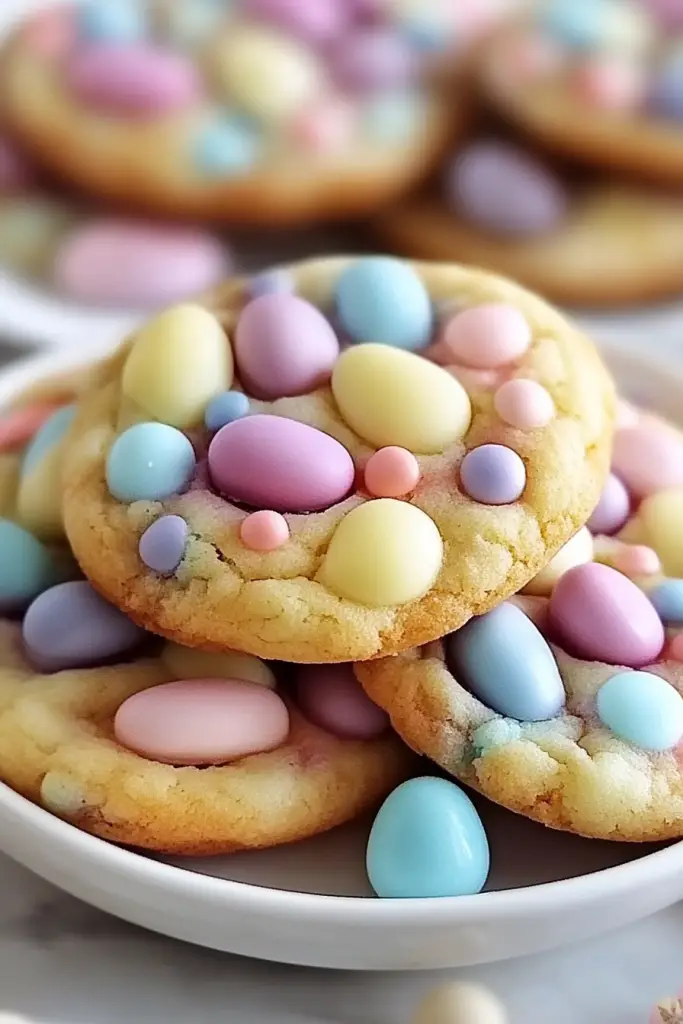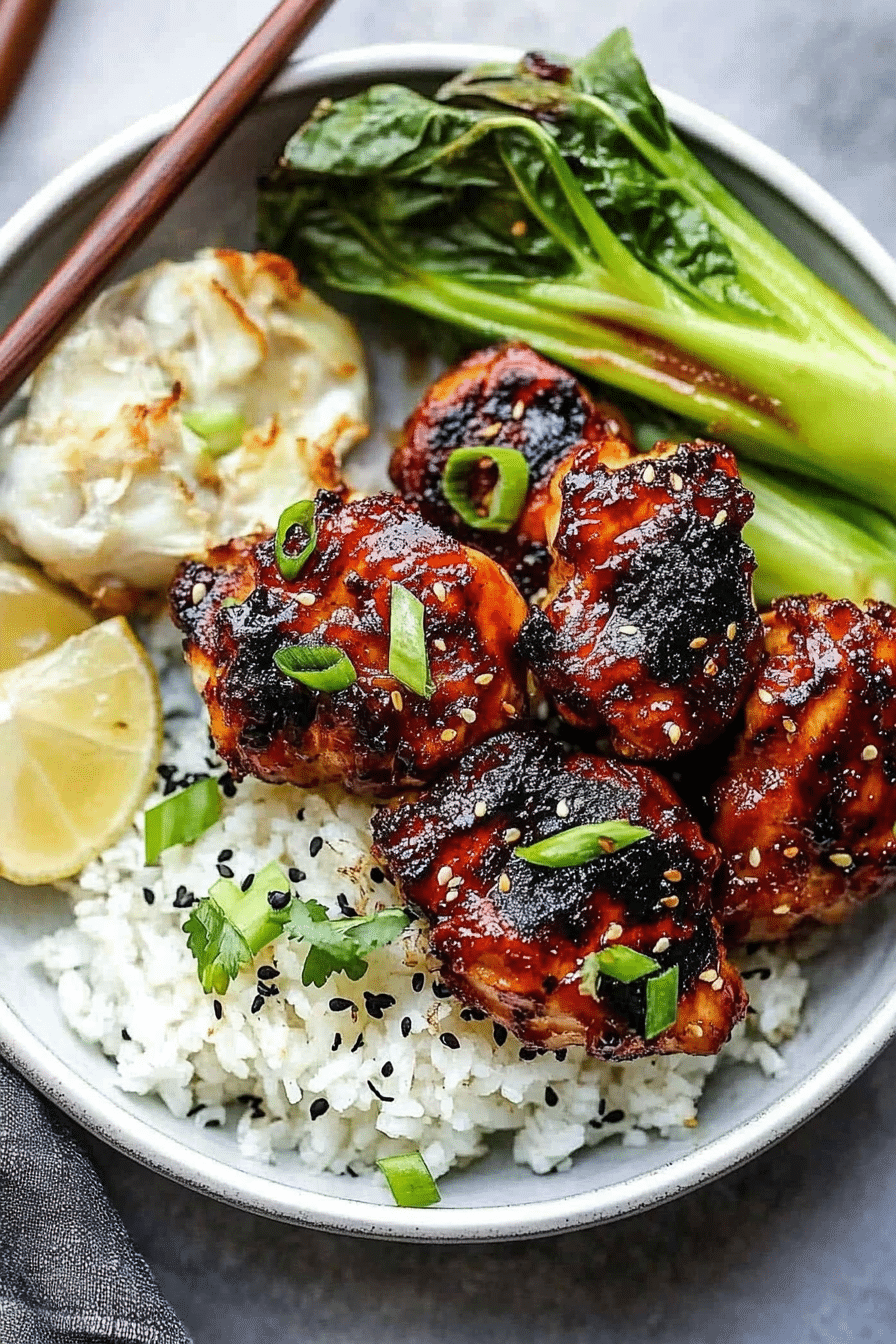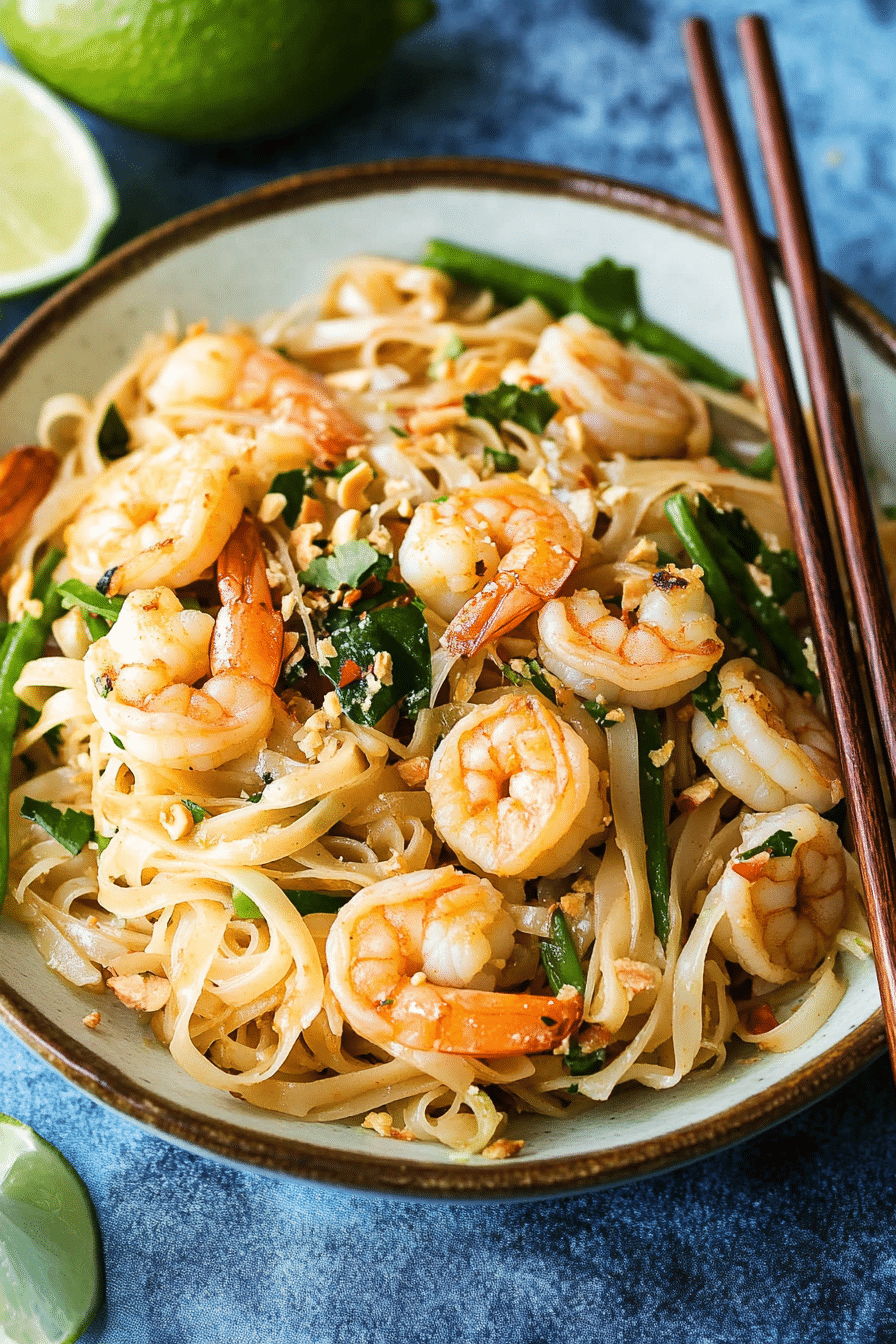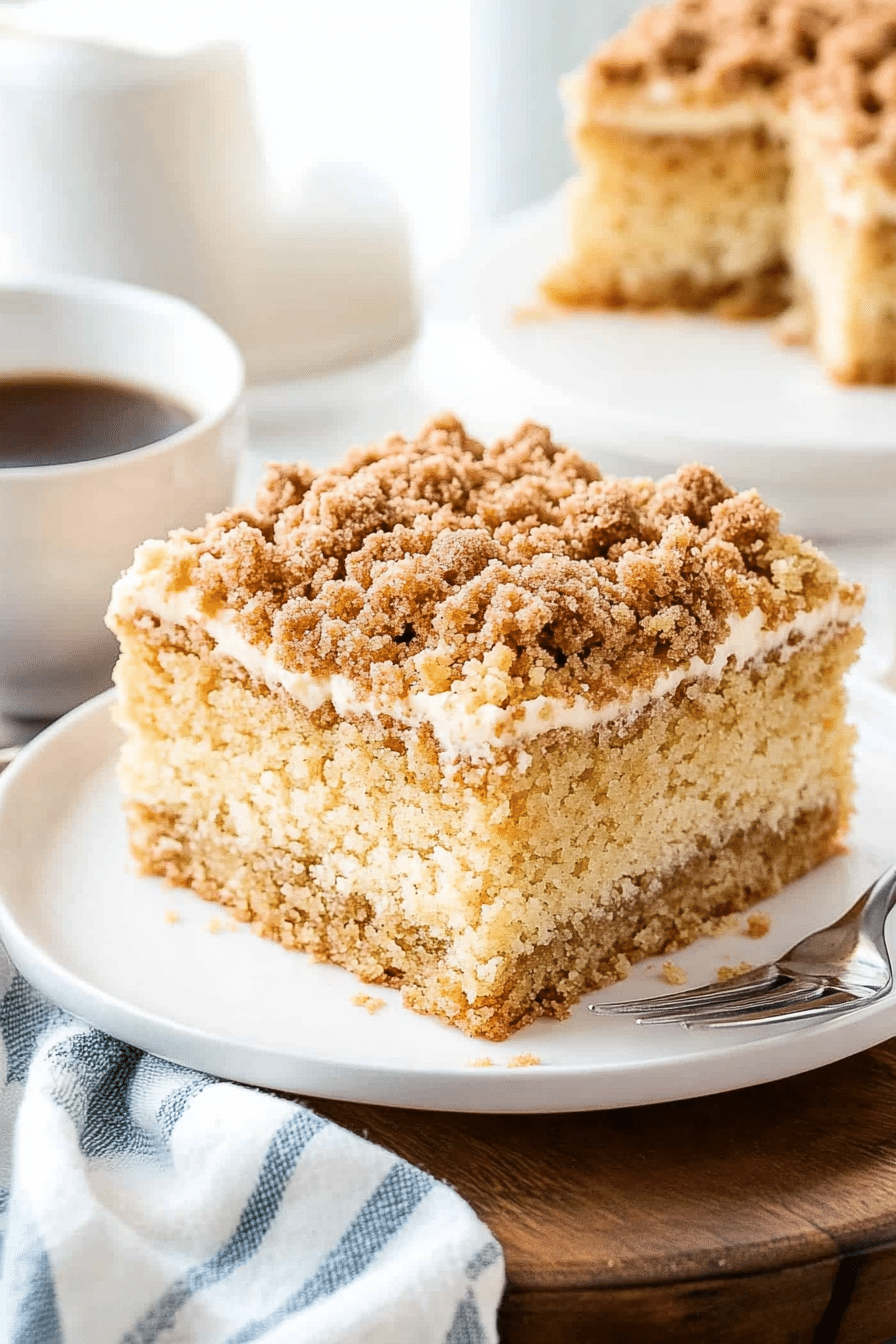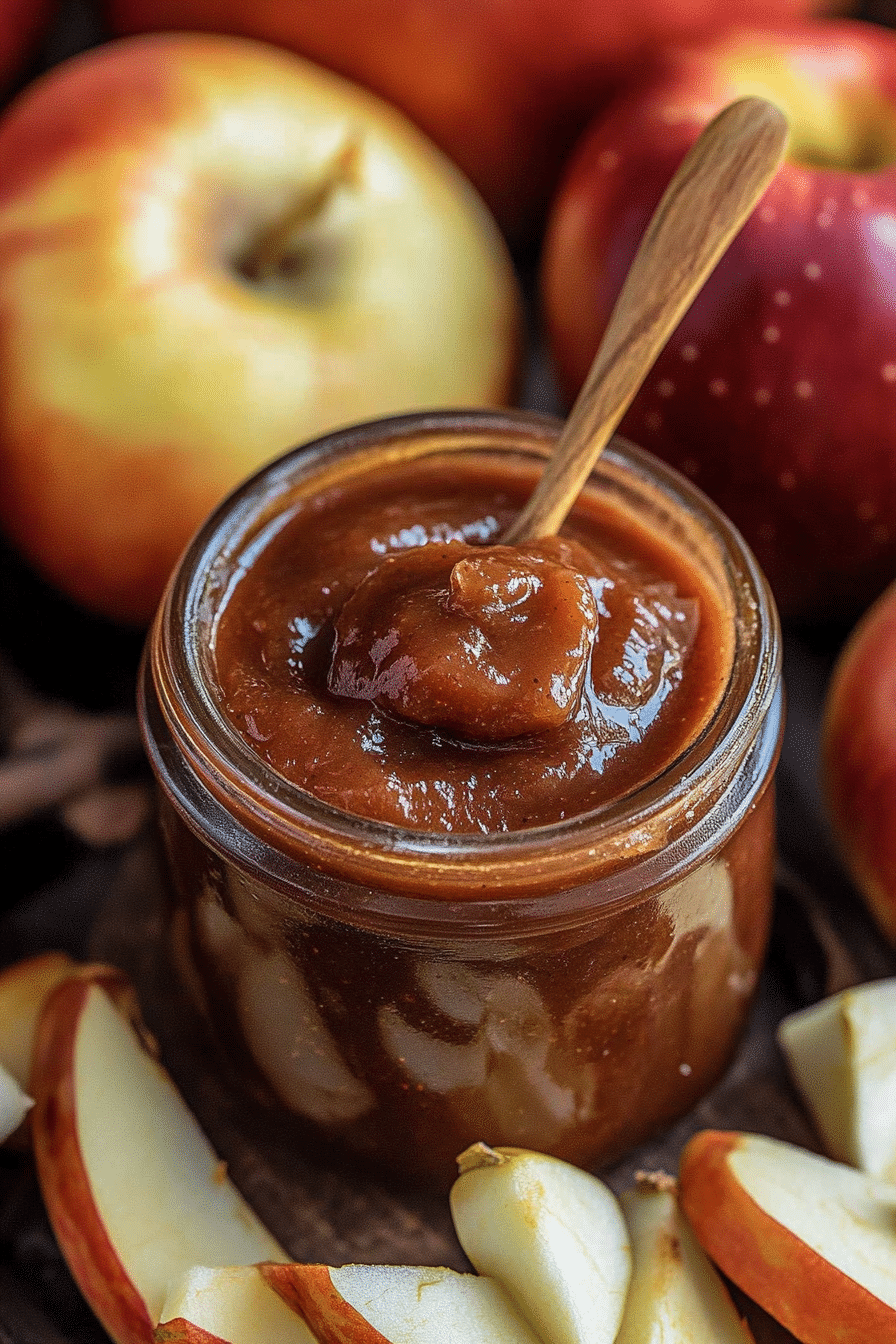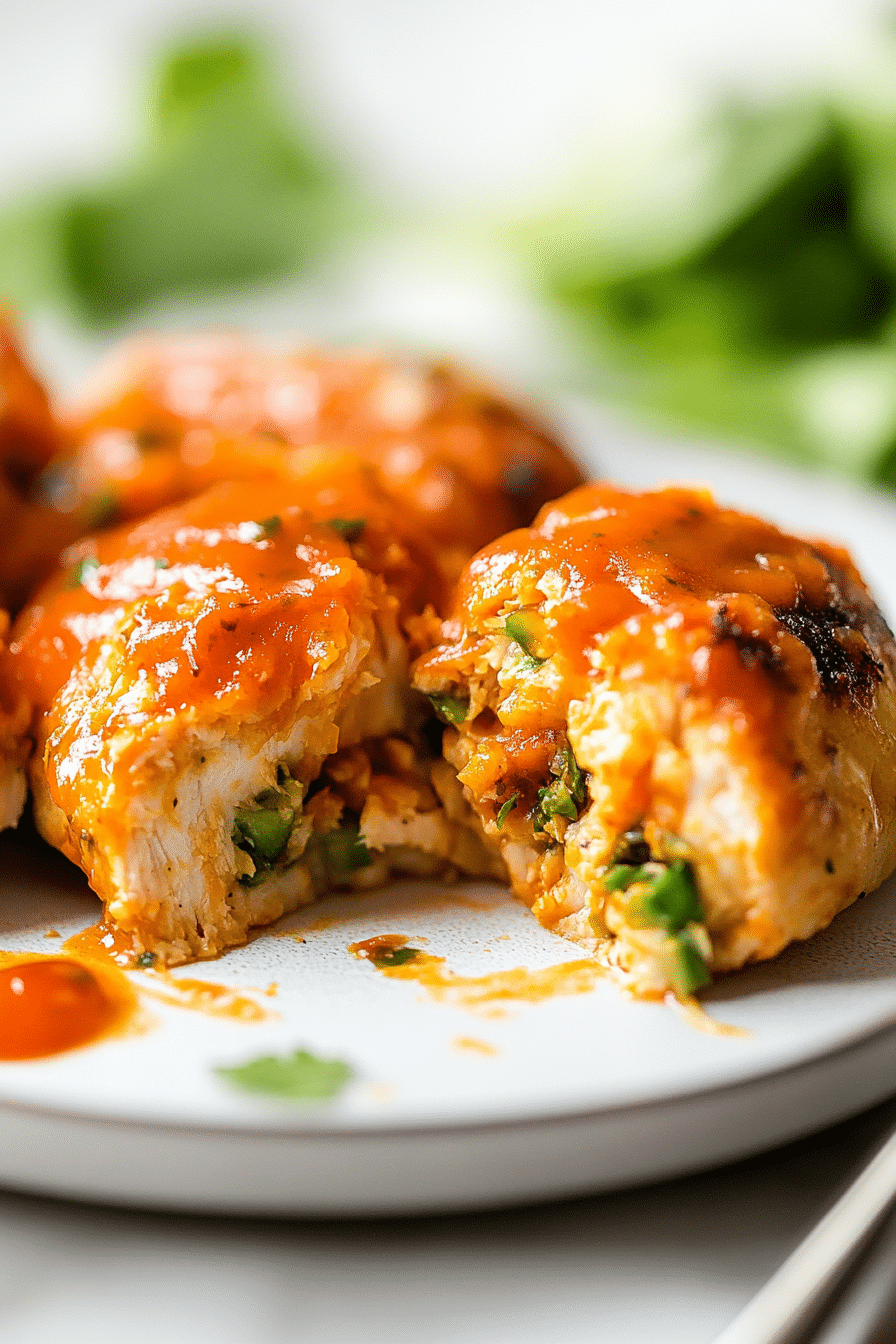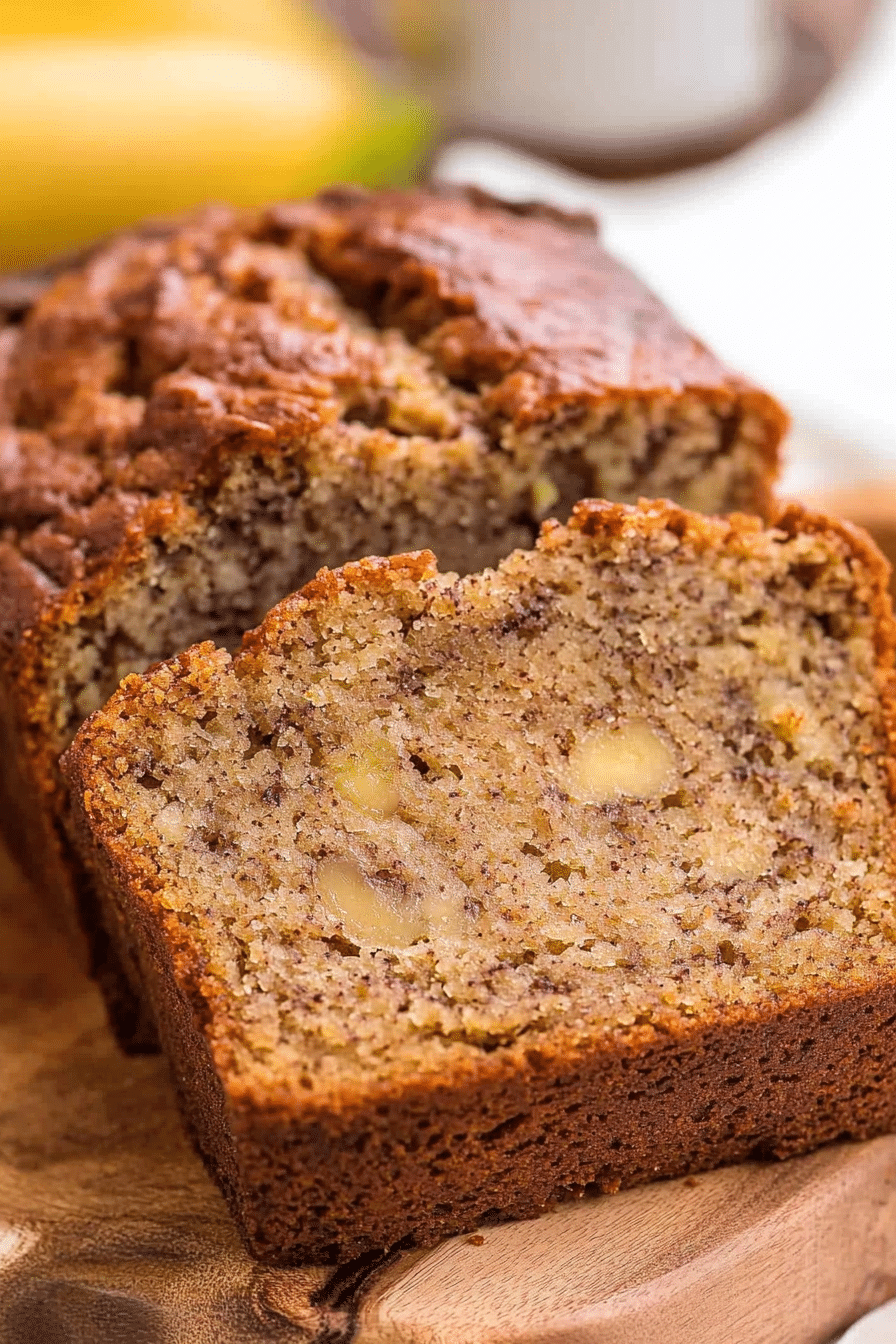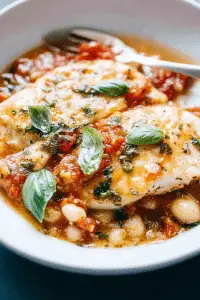Oh, hello there! I’m so excited you stopped by today because I’m about to spill the beans on a recipe that’s practically a family heirloom. These aren’t just any Easter cookies; these are the ones that make my house smell like pure springtime magic, the ones my kids start asking about weeks before the actual holiday. You know how some recipes just *feel* like home? This is one of them for me. I remember my grandma making them, her hands dusted with flour, humming a little tune. They’re a bit like a soft sugar cookie, but with this delicate almond whisper and a texture that’s just… sublime. If you’ve ever loved those fancy bakery Sugar Cookies but wished they were a little softer and less fussy, you’re going to adore these Easter cookies.
What are Easter cookies?
Think of these as the ultimate celebration cookie, perfect for Easter but honestly, I find myself making them whenever the mood strikes for something a little special. They’re a delightful, soft-baked cookie, subtly sweet with a hint of almond that just sings. They’re not the crisp, snappy kind of cookie; these are meant to be tender, almost cake-like in their softness, but still hold their shape beautifully for decorating. The name “Easter Cookies” really just comes from how we traditionally make them this time of year, often with a simple, elegant glaze and maybe a sprinkle of pastel sanding sugar. It’s essentially a really well-loved, classic soft cookie recipe that’s been a favorite in our family for generations, perfected over time with little tweaks and love.
Why you’ll love this recipe?
There are so many reasons why this recipe holds such a special place in my heart, and I just know you’ll fall in love with it too. First off, the flavor is just out of this world. That touch of almond extract, paired with good quality vanilla, creates this beautiful, sophisticated taste that isn’t overpowering. It’s just… *right*. And the texture! Oh my goodness, the texture. They’re incredibly soft and tender, almost melt-in-your-mouth, which is exactly what I crave in a cookie. They’re also surprisingly simple to make, which is a huge win in my book, especially when I’m juggling a million things around the holidays. You don’t need any fancy equipment, just your trusty mixing bowls and a bit of elbow grease. Plus, they’re quite budget-friendly! The ingredients are all pantry staples, making it an accessible treat for everyone. And their versatility is fantastic. While we call them Easter cookies, they’re a dream for any celebration – birthdays, baby showers, or just because. You can decorate them with royal icing for intricate designs, or keep it simple with a basic glaze and sprinkles. They also freeze beautifully, so you can get a head start on holiday baking!
How do I make these Easter cookies?
Quick Overview
This recipe is all about creating a tender, flavorful Cookie Dough that bakes up soft and delicious. We’ll start by creaming our butter and sugar, then incorporate eggs and flavorings, followed by our dry ingredients. The key is not to overmix, which keeps them tender. After chilling the dough briefly, we’ll roll and cut them into fun shapes, bake until just golden around the edges, and then finish them off with a simple, sweet glaze. It’s a straightforward process that yields incredibly rewarding results, perfect even for beginner bakers!
Ingredients
For the Main Batter:
Here’s what you’ll need for the cookies themselves. I always try to use unsalted butter, and make sure it’s softened but not melted – that’s crucial for the creaming process. For the eggs, room temperature is best; they incorporate more easily and create a smoother batter. And don’t skimp on the Vanilla Extract; a good quality one makes a world of difference. The almond extract is optional, but highly recommended for that signature subtle flavor that makes these so special.
- 1 cup (2 sticks) unsalted butter, softened
- 1 ½ cups granulated sugar
- 2 large eggs, room temperature
- 1 teaspoon vanilla extract
- ½ teaspoon almond extract (optional, but I love it!)
- 3 cups all-purpose flour
- 1 teaspoon baking powder
- ½ teaspoon salt
For the Glaze:
This is the simple, sweet topping that makes them look so festive. It’s just a few ingredients whisked together, and you can adjust the consistency to your liking. For a thicker glaze that dries firm, use less liquid; for a thinner, more drizzly glaze, add a little more. I love adding a tiny splash of lemon juice to mine for a hint of brightness, but it’s totally optional!
- 2 cups powdered sugar
- 2-3 tablespoons milk (or water, or lemon juice)
- ½ teaspoon vanilla extract
Step-by-Step Instructions
Step 1: Preheat & Prep Pan
First things first, let’s get our oven ready and our baking sheets prepared. Preheat your oven to 350°F (175°C). I like to line my baking sheets with parchment paper; it makes cleanup a breeze and ensures your cookies don’t stick, which is especially helpful when you’ve spent time decorating them! If you don’t have parchment, a lightly greased and floured baking sheet will work, but parchment is my go-to.
Step 2: Mix Dry Ingredients
In a medium bowl, whisk together the all-purpose flour, baking powder, and salt. Give it a good whisk to make sure everything is evenly distributed. This step is important because it helps ensure the leavening agent (baking powder) and salt are spread throughout the flour, so you don’t end up with pockets of saltiness or uneven baking. Set this aside for now.
Step 3: Mix Wet Ingredients
Now for the wet ingredients! In a large bowl, cream together the softened unsalted butter and granulated sugar. You can use an electric mixer for this, or a sturdy whisk and some arm power. Beat them until the mixture is light and fluffy, almost pale yellow in color. This process incorporates air, which contributes to the cookie’s tender texture. Once that’s nice and creamy, beat in the eggs, one at a time, making sure to scrape down the sides of the bowl after each addition. Then, stir in the vanilla extract and almond extract (if you’re using it). It should smell amazing already!
Step 4: Combine
Gradually add the dry ingredients to the wet ingredients, mixing on low speed or by hand until just combined. Be careful not to overmix! Overmixing develops the gluten in the flour too much, which can result in tougher cookies. Stop mixing as soon as you no longer see streaks of dry flour. The dough will be soft, but should hold together.
Step 5: Prepare Filling (Not applicable for this cookie recipe, moving to chilling)**
This particular cookie recipe doesn’t have a separate filling. The magic is all in the dough and the glaze!
Step 6: Chill the Dough
Turn the dough out onto a lightly floured surface and gently bring it together. Divide the dough in half, flatten each half into a disk, wrap it tightly in plastic wrap, and refrigerate for at least 30 minutes. Chilling the dough makes it much easier to roll out and prevents the cookies from spreading too much as they bake. I usually chill mine for about an hour, just enough to firm it up.
Step 7: Roll & Cut
Once the dough is chilled, take one disk out of the refrigerator. On a lightly floured surface, roll out the dough to about ¼-inch thickness. If the dough gets too soft while you’re working with it, just pop it back in the fridge for a few minutes. Use your favorite cookie cutters (Easter shapes like bunnies, eggs, and flowers are perfect!) to cut out the cookies. Reroll scraps as needed, but try not to overwork the dough.
Step 8: Bake
Carefully place the cut-out cookies onto your prepared baking sheets, leaving about an inch of space between them. Bake for 8-10 minutes, or until the edges are just lightly golden. The centers should still look soft. Be careful not to overbake; these cookies are meant to be soft and tender! Remove them from the oven and let them cool on the baking sheet for a few minutes before transferring them to a wire rack to cool completely. This is super important – trying to glaze warm cookies is a recipe for disaster!
Step 9: Cool & Glaze
Once the cookies are completely cool, it’s time for the best part – the glaze! In a small bowl, whisk together the powdered sugar, 2 tablespoons of milk (or your liquid of choice), and vanilla extract until smooth. If the glaze is too thick, add a tiny bit more liquid, a teaspoon at a time, until it reaches your desired consistency. If it’s too thin, add a bit more powdered sugar. Dip the tops of the cooled cookies into the glaze, or use a spoon to drizzle it over them. You can also use a piping bag for more control. Let the glaze set completely before moving or stacking the cookies. For that extra Easter sparkle, you can add sprinkles before the glaze dries!
Step 10: Slice & Serve
These cookies are best served at room temperature. They’re perfect on their own, of course, but they also look beautiful displayed on a tiered stand or in a festive tin. I love to cut them into fun shapes and then arrange them on a platter. The soft texture means they practically melt in your mouth, so cutting them is usually more for show than necessity!
What to Serve It With
These Easter cookies are so versatile, they fit right in at almost any occasion! For a lovely Easter breakfast, I love pairing them with a steaming mug of coffee or a delicate herbal tea. Their gentle sweetness complements a rich cup without being cloying. For a more elegant Easter brunch spread, they make a wonderful addition to a dessert table. I often arrange them around a fresh fruit salad or a light cheesecake. They look so pretty, almost like edible decorations! As a simple dessert, they’re perfect after a hearty Easter meal. I’ll often serve them alongside some fresh berries or a scoop of vanilla Ice Cream. And for those cozy afternoon moments, when you just need a little sweet treat with your afternoon tea, these are absolutely divine. My kids also love them with a tall glass of cold milk – a classic for a reason! I’ve even experimented with serving them warm, with a dollop of whipped cream, and it was like a little bite of heaven.
Top Tips for Perfecting Your Easter Cookies
I’ve been making these cookies for years, and through countless batches, I’ve picked up a few tricks that I think really help achieve that perfect texture and flavor every time. Firstly, don’t skip the chilling step for the dough! I know it’s tempting to want to get them in the oven ASAP, but chilling is crucial for controlling spread and making the dough easier to handle. If your kitchen is warm, or the dough starts feeling sticky while you’re rolling, just pop it back in the fridge for 10-15 minutes. It makes all the difference. When you’re mixing the wet and dry ingredients, really pay attention to the instruction to *just combine*. Seriously, stop as soon as you don’t see dry flour anymore. A little bit of unmixed dough is better than overmixed dough, which will make your cookies tough. I learned that lesson the hard way early on!
For the glaze, consistency is key. I usually aim for something that’s thick enough to coat the cookie nicely but not so thick that it’s hard to spread or drizzle. It should flow slowly off a spoon. If you find your glaze is too thin, just whisk in a tablespoon more of powdered sugar. If it’s too thick, a tiny splash more milk or lemon juice will do the trick. Remember that the glaze will firm up as it dries, so don’t worry if it seems a little soft right away. For ingredient swaps, if you’re out of baking powder, you can use baking soda but you’ll need to add an acidic ingredient like buttermilk or a bit of lemon juice to activate it, and the ratio is different – it’s generally a 1:3 ratio of baking soda to baking powder, but it can affect the texture and spread. I’ve also found that using slightly less sugar in the cookie dough itself can be nice if you prefer a less sweet cookie, but I wouldn’t reduce it by more than a quarter cup, as sugar also plays a role in texture and moisture.
When it comes to baking, ovens can be so different! My oven tends to run a little hot, so I often bake these at about 325°F (160°C) for a few minutes longer to ensure they cook through without browning too much. Keep an eye on your first batch to see how they turn out in your oven, and adjust the temperature or time accordingly. The edges should be just set and lightly golden. You want the centers to look a little soft when you pull them out; they’ll continue to cook and firm up as they cool on the baking sheet. And finally, for that extra flourish, consider using a mixture of milk and a tiny bit of cream for the glaze – it adds a lovely richness! If you’re feeling fancy, a drop of food coloring in pastel shades can make them extra festive for Easter.
Storing and Reheating Tips
Properly storing these Easter cookies ensures they stay delightfully soft and delicious. At room temperature, they’re best kept in an airtight container. I’ve found they stay wonderfully fresh for about 3-4 days this way. If you’ve glazed them, make sure the glaze is completely dry before sealing the container to prevent sticking or moisture transfer. If you want to keep them even longer, the refrigerator is your friend. Place them in an airtight container, and they should be good for up to a week. Just be aware that refrigeration can sometimes slightly alter the texture, making them a touch firmer, but they’re still delicious. I usually bring them back to room temperature for about 20-30 minutes before serving if they’ve been refrigerated.
For longer storage, freezing is an excellent option. You can freeze the unglazed cookies or the fully glazed ones. If freezing unglazed cookies, wrap them tightly in plastic wrap, then place them in a freezer-safe bag or container. They’ll keep well for up to 2-3 months. When you’re ready to enjoy them, just thaw them at room temperature for a few hours before glazing. If you’re freezing glazed cookies, ensure the glaze is completely set. Then, wrap them individually in plastic wrap, and place them in a freezer-safe container. They should retain their quality for about 1-2 months. Thaw them slowly in the refrigerator overnight, then bring them to room temperature. If you plan on reheating them (though they’re typically enjoyed at room temp), a very short stint in a low oven (around 250°F or 120°C) for just a couple of minutes can sometimes revive their softness, but be very careful not to overdo it, as they can dry out quickly!
Frequently Asked Questions
Final Thoughts
Honestly, these Easter cookies are more than just a recipe for me; they’re a box full of happy memories and the sweet promise of springtime gatherings. They’re incredibly satisfying to make, and even more so to share. The soft, tender texture and that subtle hint of almond make them stand out from your average cookie. They’re beautiful enough to be the star of your Easter dessert table but simple enough that you won’t be stressed out in the kitchen. If you’re looking for a classic, crowd-pleasing cookie that embodies the joy of the season, you really can’t go wrong here. They’re a labor of love, but one that’s so worth it!
If you love these Easter cookies, you might also enjoy my {link to another cookie recipe here, e.g., Classic Shortbread Cookies} or my {link to a festive Cake Recipe here, e.g., Lemon Raspberry Bundt Cake}.
I truly hope you give these a try! I can’t wait to hear how they turn out for you. Please leave a comment below and let me know your favorite Easter traditions or any fun variations you come up with! Happy baking, everyone!

Easter Cookies
Ingredients
Main Ingredients
- 2.5 cups all-purpose flour
- 1 teaspoon baking soda
- 0.5 teaspoon salt
- 1 cup unsalted butter, softened
- 1 cup granulated sugar
- 0.5 cup brown sugar, packed
- 2 large eggs
- 1 teaspoon vanilla extract
- 1.5 cups Easter-themed sprinkles or candy melts for decorating
Instructions
Preparation Steps
- Preheat your oven to 375°F (190°C). Line baking sheets with parchment paper.
- In a medium bowl, whisk together the flour, baking soda, and salt. Set aside.2.5 cups all-purpose flour
- In a large bowl, cream together the softened butter, granulated sugar, and brown sugar until light and fluffy.2.5 cups all-purpose flour
- Beat in the eggs one at a time, then stir in the vanilla extract.2.5 cups all-purpose flour
- Gradually add the dry ingredients to the wet ingredients, mixing until just combined. Do not overmix.
- Drop rounded tablespoons of dough onto the prepared baking sheets, about 2 inches apart.
- Bake for 8-10 minutes, or until the edges are lightly golden brown. The centers should still look soft.
- Let the cookies cool on the baking sheets for a few minutes before transferring them to a wire rack to cool completely.
- Once cooled, decorate the cookies with Easter-themed sprinkles or melted candy melts as desired.2.5 cups all-purpose flour
Notes
Featured Comments
“Impressed! Clear steps and spot on results. Perfect for busy nights.”
“New favorite here — super easy. crowd-pleaser was spot on.”
“Super easy and turned out amazing! My family asked for seconds. Saving this one.”
“This sweet treat was absolutely loved — the silky really stands out. Thanks!”
“Made it tonight and wow — super easy! Will definitely make Easter cookies again.”
“Packed with flavor and so simple. Exactly what I wanted from Easter cookies.”


